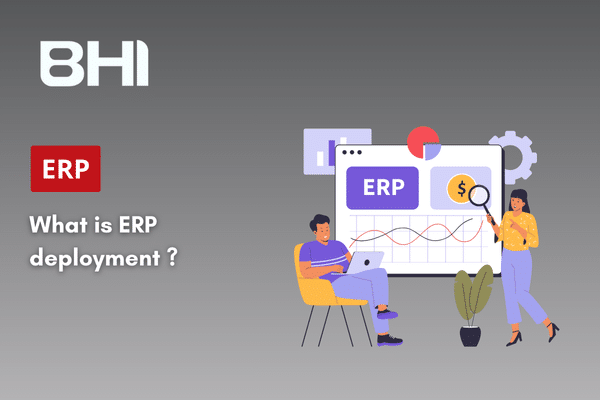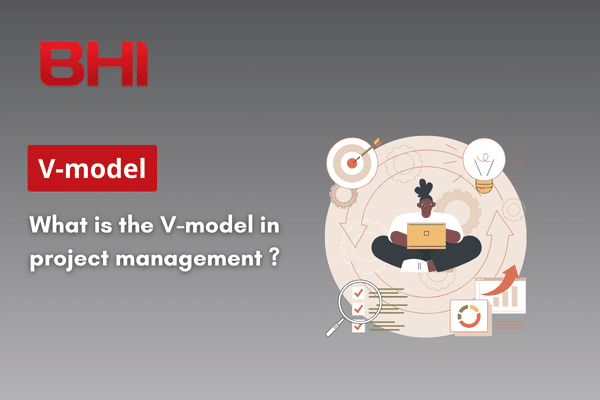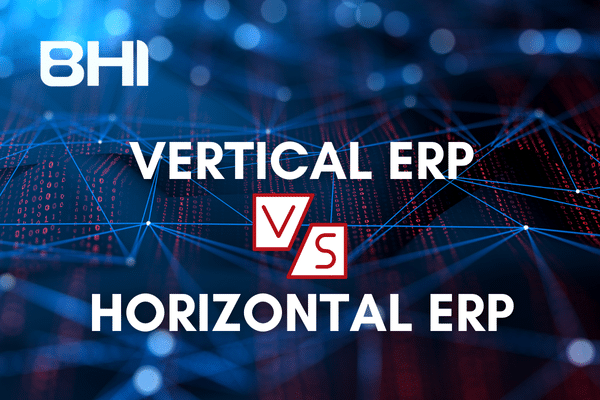ERP system deployment represents one of the most ambitious technological projects an enterprise can undertake. This profound digital transformation affects all organizational processes and can determine your organization’s future competitiveness. Understanding the challenges, stages, and best practices of ERP deployment becomes essential for any decision-maker looking to modernize their information system.
What is ERP Deployment ?
An ERP, or Enterprise Resource Planning system, constitutes the central nervous system of a modern enterprise. This integrated software solution centralizes and harmonizes all business data and processes within a single platform. ERP deployment refers to the complete implementation process of this system, from needs analysis to full user adoption.
Companies that successfully deploy their ERP generally observe significant improvement in their operational efficiency. According to a study conducted by Panorama Consulting in 2023, 67% of organizations that deployed an ERP report improvement in their business processes within 12 months following go-live. This transformation goes beyond a simple IT tool change: it redefines how information flows and how decisions are made within the organization.
The decision to deploy an ERP often responds to critical challenges : multiplication of disparate systems creating information silos, time-consuming manual processes generating errors, lack of real-time visibility into operations, or difficulties meeting growing regulatory requirements. Faced with these challenges, ERP deployment appears as a structuring response that creates a solid technological foundation to support the company’s growth and evolution.
Crucial Deployment Phases
ERP deployment generally follows a structured lifecycle divided into several distinct phases, each requiring particular attention and specific skills. The initial planning and needs analysis phase lays the project’s foundations. During this period, which can extend over several months, the company precisely defines its objectives, maps its existing processes, and identifies gaps with the standard practices offered by the ERP. This in-depth analysis allows for establishing detailed specifications and selecting the most suitable solution among the many options available on the market.
The detailed design phase transforms identified needs into precise technical specifications. Project teams then work on system architecture, define configuration parameters, design necessary interfaces with existing systems, and establish business rules that will govern ERP operations. This critical stage determines the system’s ability to meet company specificities while maintaining the desired coherence and standardization.
Development and configuration constitute the technical heart of deployment. Consultants and developers adapt the ERP to validated processes, create custom reports, develop specific interfaces, and implement necessary automation. Meanwhile, historical data migration represents a major challenge: according to Gartner, 83% of ERP projects encounter difficulties related to data quality during this phase. Meticulous cleaning and rigorous data validation prove essential to guarantee the new system’s integrity.
The testing phase validates all configurations and developments completed. Unit tests verify each function individually, while integration tests ensure the system’s overall coherence. Performance tests evaluate the system’s capacity to support expected load, and user acceptance tests confirm that the ERP effectively meets business needs. This iterative phase allows for identifying and correcting anomalies before going into production.
Key Success Factors
Successful ERP deployment relies on several interdependent factors that must be orchestrated precisely. Executive management commitment appears as the first critical factor: without strong and visible sponsorship, the project risks losing legitimacy in the face of natural resistance to change. Leaders must not only allocate necessary resources but also regularly communicate the vision and expected benefits of the new system.
Change management often constitutes the most underestimated challenge in ERP projects. Users accustomed to their tools and working methods may perceive the new system as a threat or unnecessary complication. A structured change management program, including regular communication, adapted training, and personalized support, transforms this resistance into buy-in. Companies that invest heavily in user training observe adoption rates 40% higher on average compared to those that neglect this aspect.
The composition and governance of the project team largely determine deployment trajectory. An effective team combines technical expertise, deep business knowledge, and project management skills. Appointing an experienced project manager, capable of navigating between technical and political issues, proves crucial. Similarly, active involvement of key users throughout the project ensures that the final system will truly meet operational needs.
The chosen deployment methodology significantly influences results. The traditional “Big Bang” approach, where the entire system switches simultaneously, offers the advantage of speed but carries significant risks. Conversely, progressive deployment by modules or sites allows for limiting risks and adjusting strategy along the way. According to a LeMagIT survey, 62% of companies now opt for a progressive approach, citing risk reduction as the main motivation.
Technical and Organizational Challenges
ERP deployment confronts organizations with complex challenges requiring rigorous anticipation. Integration with the existing IT ecosystem often represents a major technical headache. Legacy systems, developed on obsolete technologies, must communicate with modern ERP via complex interfaces. This temporary or permanent cohabitation requires robust integration architecture and reliable synchronization processes to avoid data inconsistencies.
Excessive customization constitutes a trap into which many organizations fall. Tempted to adapt the ERP to every specificity of their current processes, they create a custom system that is costly to maintain and difficult to evolve. Best practices recommend adopting ERP standard processes as much as possible, only customizing elements that are truly differentiating for the company. This approach allows for fully benefiting from vendor updates and reducing long-term maintenance costs.
Performance management during and after deployment poses particular challenges. Users may observe temporary slowdowns during the transition phase, impacting productivity. A Forrester Research study reveals that 45% of companies experience a 10 to 20% productivity drop during the first three months following deployment. This adaptation period, though normal, must be anticipated and actively managed to minimize its impact on operations.
Regulatory and compliance aspects add an additional layer of complexity, particularly in heavily regulated sectors. The new system must not only comply with current standards but also offer audit and traceability capabilities required by regulators. Personal data protection, notably in the context of European GDPR, requires particular attention when designing processes and configuring access.
Evolution Toward Cloud and New Trends
The ERP deployment landscape is undergoing profound transformation with growing adoption of cloud solutions. SaaS (Software as a Service) ERPs fundamentally modify the deployment approach: reduced initial investments, faster implementation, automatic updates, and flexible scalability. According to IDC, 65% of new ERP deployments in 2024 involve cloud or hybrid solutions, compared to only 30% in 2019.
Artificial intelligence and machine learning are progressively integrating into modern ERPs, offering predictive and advanced automation capabilities. These technologies allow for automatically optimizing processes, detecting anomalies in real-time, and providing contextualized recommendations to users. However, deploying these innovative features requires organizational maturity and exemplary data quality to produce reliable results.
Mobility also transforms how ERPs are deployed and used. Mobile applications allow users to access critical functionality from anywhere, facilitating remote work and operational agility. This evolution requires rethinking user experience and security to ensure successful adoption while protecting sensitive company data.
The low-code/no-code approach is gaining popularity for customizing and extending ERPs without complex programming. These platforms allow business users to create workflows, reports, and simple applications without systematically depending on the IT team. This democratization of development accelerates deployment and continuous system adaptation to evolving business needs.
Conclusion and Perspectives
ERP deployment transcends the purely technological dimension to become a true catalyst for organizational transformation. This complex adventure fundamentally redefines information flows, decision-making processes, and value creation within the company. Statistics speak for themselves: organizations that successfully deploy their ERP observe on average a 22% improvement in operational efficiency and an 18% reduction in administrative costs according to the latest industry studies.
The future of ERP deployment looks exciting with the emergence of disruptive technologies that simplify and accelerate implementation. Artificial intelligence promises to automate much of process configuration and optimization. Cloud eliminates traditional technical barriers while offering unprecedented flexibility. Conversational interfaces and augmented reality revolutionize user training and adoption. These innovations converge to make deployment more accessible, faster, and less risky than ever.
Companies considering deployment today benefit from decades of collective experience and proven best practices. The key to success lies in balancing transformative ambition with operational pragmatism, technological innovation with respect for change management fundamentals. Each deployment remains unique, reflecting the organization’s specific culture, ambitions, and constraints, but fundamental success principles remain constant: management commitment, execution excellence, and obsessive focus on user adoption.
Ready to Transform Your Enterprise with Successful ERP Deployment ?
For in-depth expertise and personalized support in your ERP deployment project, discover how we can accompany you in your digital transformation and help you maximize your chances of success. Our team of experts guides you at every step, from solution selection to complete team adoption, including continuous process optimization.

















